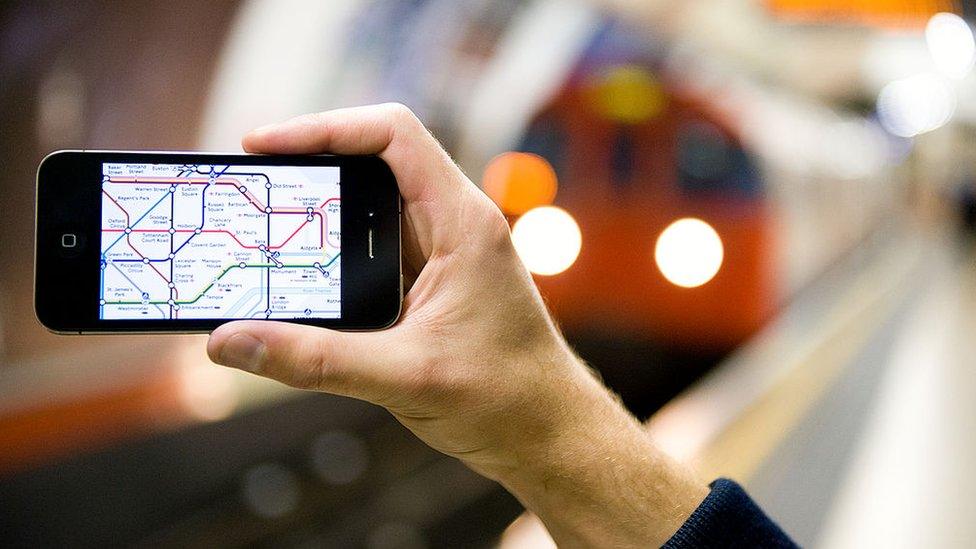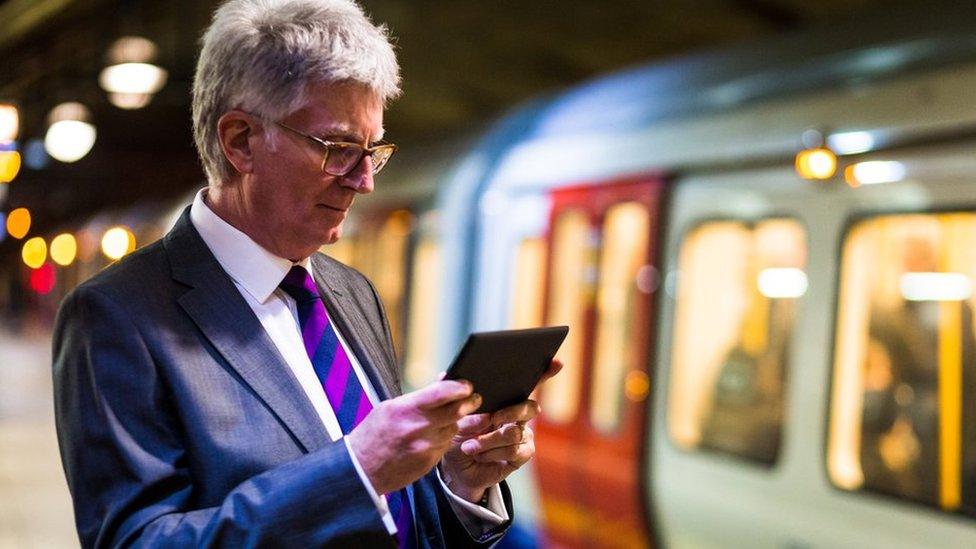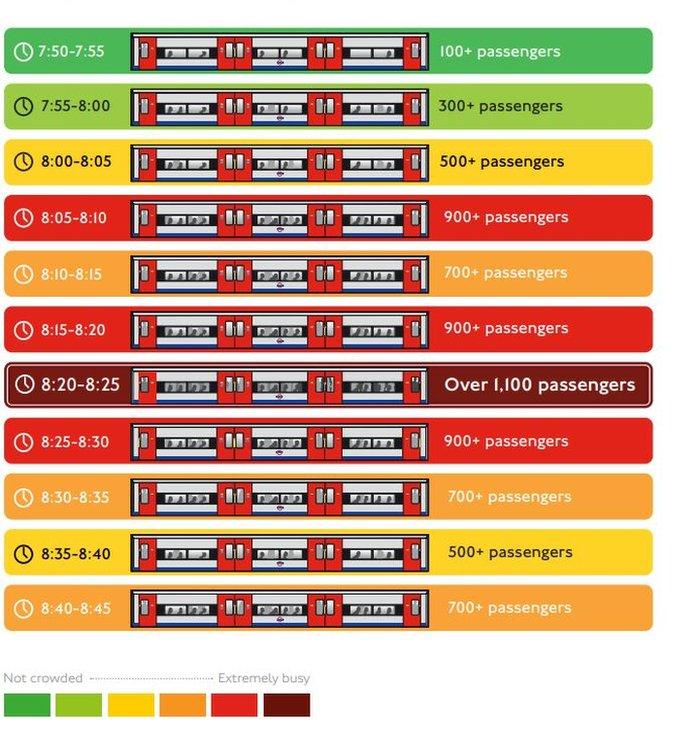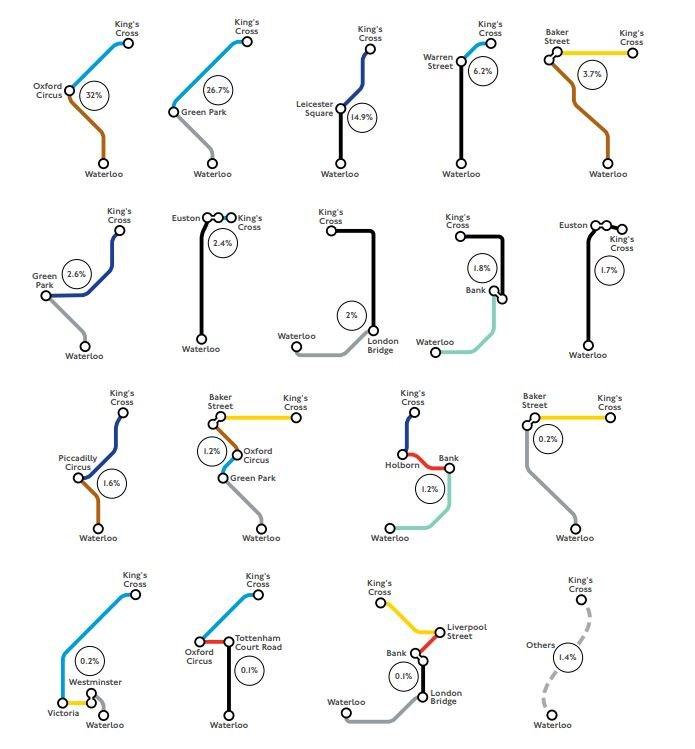London Underground wi-fi data collection 'has huge potential'
- Published
- comments

Data was collected from 5.6 million mobile devices during a four-week pilot in 2016
From this week, Transport for London (TfL) is going to collect data anonymously through its wi-fi from our phones as we move about the network.
And the potential for it is absolutely huge.
It reminds me of the transport planning during the Olympics in 2012 when commuters were asked to re-plan their journeys.
Instead of building new Tube lines or buying new trains, why not use our existing ones in a much more efficient smarter way?
Until this week, TfL knew where we entered the system and where we exited. But it didn't know what we did in-between.
From now on, it will know where we go.
Data was collected from 5.6 million mobile devices during a four-week pilot in 2016.
From this, TfL realised the data could help improve customer experience.

TfL said by using the data it could get a more accurate understanding of how crowding develops
For example, it could help it deploy staff to certain busy areas or even put poster sites or retail units on the most popular routes.
But crucially, it could also help improve journey planning and personalise the information.
You could get a message at every stage of your journey, or you could be given a different route to avoid overcrowding.
Your phone could even tell you not to get on a busy train but wait for the next one, which it knows from the data is less crowded.

Estimated number of passengers on southbound Victoria line trains departing from Euston on 9 December 2016
The information also showed all the cunning little short cuts that hardened commuters know.
At Euston, the transfer times between the Northern Line and the Victoria Line varied from one minute to five minutes as commuters took different routes.
And when there was disruption - for example when the Waterloo and City Line was shut - TfL could see where the knock-on impact was.
In future, those commuters could also be warned.
The data could also help with transport planning and help see which lines need capacity upgrades.
There are undoubtedly concerns over privacy - but why build when you can change behaviour and control crowds in a smarter way?

Route options between King's Cross St. Pancras and Waterloo, and the proportion of devices on each one
- Published22 May 2019

- Published31 May 2017

